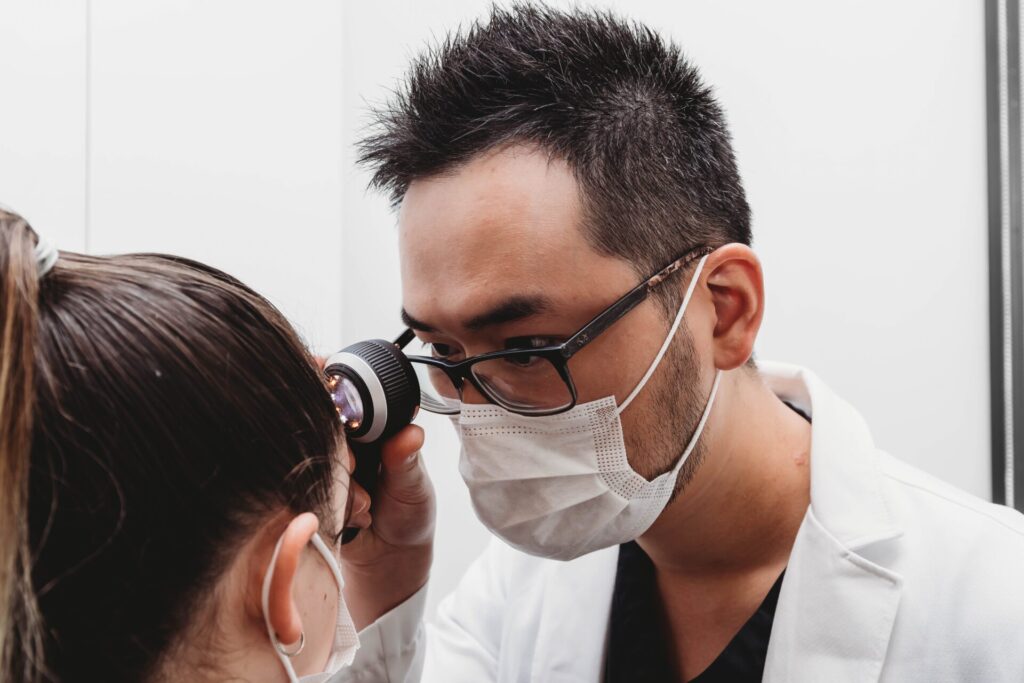Photodynamic therapy (PDT) with photosensitization using 5-aminolevulinic acid (ALA) [including a nanoemulsion (BF-200 ALA)] is approved in the USA for the treatment of actinic keratoses (AKs); another derivative, methyl aminolevulinate, is not approved in the USA but is used in Europe. For AK treatment, the photosensitizer may be applied to individual AK lesions or, depending on treatment regimen, to broader areas of sun-damaged skin to manage field cancerization, although not all products are approved for field treatment. ALA-PDT and photosensitizers have also been used off-label for the treatment of nonmelanoma skin cancers, primarily basal cell carcinomas (BCCs) and cutaneous squamous cell carcinomas (cSCC). Advantages of PDT include potentially improved cosmesis and patient satisfaction; disadvantages include pain and duration of treatment. Alternative illumination approaches, including intense pulsed light as well as pulsed-dye lasers, have also been used successfully. Pretreating the affected tissue or warming during incubation can help to increase photosensitizer absorption and improve therapeutic efficacy. Combinations of multiple treatments are also under exploration. Reducing incubation time between photosensitizer application and illumination may significantly reduce pain scores without affecting treatment efficacy. Substituting daylight PDT for a conventional illumination source can also reduce pain without compromising efficacy. The objective of this narrative review is to describe current and ongoing research in the use of topical photosensitizers and modified light delivery regimens to achieve improved therapeutic outcomes with less toxicity in patients with AK, cSCC, BCC, and field cancerization.

Mohs Micrographic Surgery Fixed-Tissue Technique for Melanoma of the Nose
Mohs micrographic surgery, fixed-tissue technique, for excision of nasal melanoma provides three important benefits: 1) assurance of eradication of the main mass along with its “silent” contiguous outgrowths, 2) safe management of non-contiguous satellites too small to be visible initially, and 3) safe sparing of maximal amounts of surrounding normal tissues. These benefits are achieved because all incisions are through








